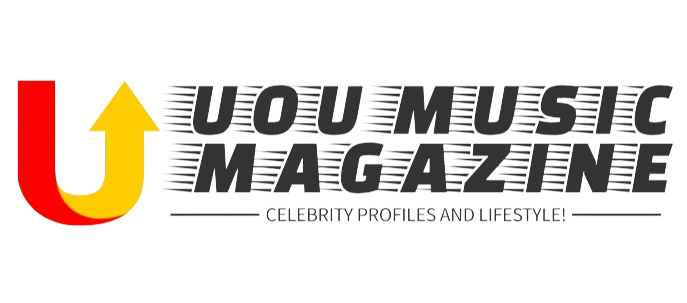Cloud platforms make life easier—until it’s time for a CMMC assessment. Many contractors don’t realize how their cloud choices quietly shape the outcome of their compliance efforts. From hidden responsibilities to tricky audit trails, the provider behind your system might be doing more to your certification chances than expected.
Shared Responsibility Models Introduce Hidden Compliance Risks
Cloud providers love to talk about shared responsibility, but the fine print often hides a tangled web of who’s in charge of what. Many defense contractors assume cloud platforms automatically cover everything from encryption to access control, but that’s not always true. These models often shift key security duties onto the customer without making it obvious. For those aiming to meet CMMC level 1 requirements or higher, this disconnect can turn into a serious compliance gap.
Here’s the catch—CMMC compliance requirements demand proof. If you believe your cloud provider has encryption handled but can’t provide the logs or control access policies, your CMMC assessment may hit a wall. Misunderstanding the split between cloud and client responsibilities leads to missing documentation, and that’s a problem no contractor wants to discover under pressure from a c3pao.
Cloud Jurisdiction Complexity Influences CMMC Evidence Collection
It’s easy to forget where your data physically lives once it’s in the cloud. But under CMMC level 2 requirements, that location matters. Data stored across borders can complicate access, especially when collection of security evidence is required during your CMMC assessment. Legal protections and privacy rules in other countries may prevent cloud providers from delivering what assessors need.
Cloud jurisdiction also affects retention policies. If a provider auto-deletes logs after 30 days, your team may not have the trail required to support certain CMMC compliance requirements. Before the assessment even begins, your team could be behind due to how your cloud provider operates in different regions. That’s a hidden roadblock few contractors think to double-check.
Vendor Control Gaps Can Derail Certification Readiness
Cloud providers often manage parts of the environment without giving full visibility or control to their customers. This limits how much you can configure or monitor, which is a problem under CMMC level 2 requirements. Let’s say you need to enforce a specific access policy—if your cloud dashboard doesn’t allow it or lacks audit logs, your environment might not meet what the c3pao expects.
Cloud vendor updates also introduce surprise issues. Automatic changes to logging, password policies, or network configurations can undo your compliance work without warning. These vendor-controlled shifts may seem minor, but even small alterations can create inconsistencies that damage your assessment readiness.
Data Sovereignty Choices Impact Assessment Outcomes
Deciding where your data is stored isn’t just a cost or speed issue—it can directly affect the outcome of your CMMC assessment. Certain CMMC compliance requirements expect that data remains within U.S. borders or in approved locations. A cloud provider that stores backups overseas—even briefly—can break compliance without ever notifying the user.
This problem intensifies with hybrid environments. Contractors using multiple cloud vendors or on-premise systems need to track where every piece of Controlled Unclassified Information (CUI) goes. Without clear visibility, a single storage location in a restricted region could compromise certification. What seems like a technical detail quickly becomes a roadblock in the CMMC process.
Encryption Standards from Providers Affect Compliance Visibility
Cloud vendors may promise encryption, but their standards don’t always align with CMMC level 2 requirements. Using proprietary or closed-source encryption models can reduce visibility for assessors. If you can’t explain or verify how encryption keys are managed, your system might be labeled as non-compliant—even if it seems secure.
Even more frustrating is key ownership. In some cases, the cloud provider holds the encryption keys, not the contractor. That lack of control could create a gap in the compliance evidence needed during your CMMC assessment. Control over encryption methods—and proof of how data is protected—must remain in your hands, not hidden in cloud provider documentation.
Provider Audit Reports Shape Your Assessment Narrative
● Third-party audit reports like SOC 2 or ISO 27001 offer valuable insight into your provider’s security posture
● These reports help demonstrate that your infrastructure meets baseline standards required for CMMC compliance
However, relying too heavily on audit reports without connecting them to your specific environment creates gaps. A c3pao won’t be impressed by general claims—they want to see how those reports apply to your actual systems and data flows. It’s not enough to say your provider passed an audit last year; you must show how that aligns with your current CMMC compliance requirements.
Misaligned Security Frameworks Cause Unexpected Compliance Obstacles
● Some cloud platforms base their controls on NIST or ISO, but their implementation doesn’t fully match CMMC level 2 requirements
● This misalignment leads to confusion during assessments, especially if security tools don’t match CMMC’s language or objectives
This becomes an issue when assessors dig into technical controls and find vague or mismatched policies. A contractor may think they’ve addressed everything, only to discover their provider uses a different risk model entirely. Without adjusting or supplementing those frameworks to meet CMMC standards, the contractor risks falling short at a critical moment.

